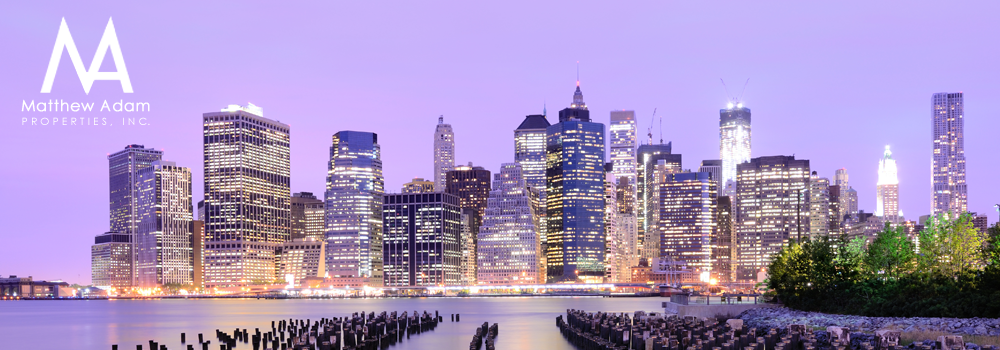Buildings that comply with Local Law 87 prior to their assigned date can benefit from various incentives before funding runs out or regulations change.
The legislation requires large buildings to conduct an energy audit and a retro-commissioning study every 10 years. The energy audit identifies areas where energy and cost savings could be implemented, though not mandated. The retro-commissioning requires “base building systems” to be at performance capabilities. If not, corrective measures are required.
Incentives for Completing both Retro-Commissioning and Audit
The heating requirements of the retro-commissioning require analysis be conducted during the heating season, which ends in March, negating the possibility of compliance this year. The law provides an incentive for buildings that complete both the retro-commissioning and the audit by the end of 2013. If accomplished, the date for the next round of compliance is 10 years past the assigned date.
Reports are required based on the last digit of the tax block number. For example, buildings with the last digit of 3 are required to file in 2013, with 6, in 2016. The later a building is required to file, the more advantageous it is to comply in 2013. Those buildings whose tax block number is 2, would be required to file in 2022. But, if they comply in 2013, the next mandated compliance period would not be until 2032.
Buildings covered by the law are larger than 50,000 gross square feet or two or more buildings on the same tax lot that comprise more than 100,000 gross square feet as we’ll as two or more condominiums governed by the same board that together exceed 100,000 gross square feet.
But, there are significant benefits for buildings complying before the required timeframe, says Brian King, president and CEO, Ecological LLC, an environmental sustainability company.
Incentives are offered by NYSERDA (New York State Energy Research and Development Authority) and others to improve the energy use in buildings. Changes to the incentives or a lack of funds may make them unavailable in future years.
Energy Auditing Can Save You Money Long Term
While changes are not mandated in the energy auditing component of Local law 87, buildings can save money long term by implementing some or all of the recommendations. One incentive available involves financing upgrades to heating and cooling systems through the payment of utility bills. For example, if NYSERDA lends a building $1 million for upgrading, which saves approximately $200,000 annually in energy costs, the building can pay this off in five years through an agreement with Con Ed on its utility bill. The building will be charged the same amount as if it hadn’t upgraded (which would be an additional $200,000 annually over the actual expense) and in five years that would total the $1 million loan from NYSERDA. After five years, the building is saving at least $200,000 in energy costs annually. An option being considered is Pace Bonds, which would be similar to the NYSERDA loans and could be paid back through incentives in real estate taxes.
Several cities, including Philadelphia, Seattle, San Francisco and Washington, DC, have passed legislation similar to Local law 87, and about a dozen states are looking into various aspects of it.
Matthew Adam Properties is working with Ecological LLC to conduct the audits and retro-commissioning in buildings we manage and developing plans for compliance. A key part of the audit is a cost benefit analysis.
Matthew Adam Properties is on the leading-edge of management firms in promoting energy conservation and “Green” technology. We are one of the few, if only, management company in New York with a division headed by a LEED certified professional dedicated to sustainability and promoting “Green” initiatives. The goal is not only to reduce costs and gas emissions, but to create a safer and healthier environment for residents of properties we manage.
Local Law 87 is part of a package of four laws called the “Greener, Greater Buildings Plan,” enacted in 2009 to improve the energy and water efficiency of the city’s largest buildings.
Another of the laws, Local Law 84, requires annual benchmarking of energy and water systems with the city publishing the results. Local Law 85 requires that plans for renovations or upgrades demonstrate how the project complies with the Energy Code. Local Law 88 requires upgrading to lighting systems and installations of electrical submetering in apartments. Buildings covered by this law have until January 1, 2025, to comply.
The goal of the package is to reduce greenhouse gas emissions by 30 percent by 2030.
